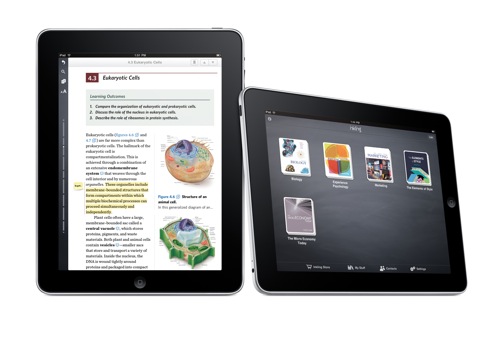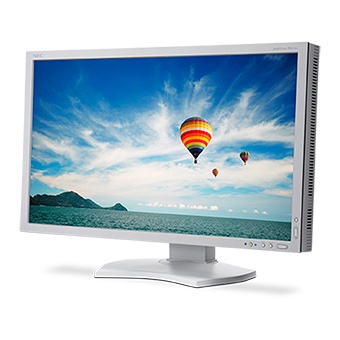New data from Parks Associates (www.parksassociates.com) shows 66 percent of U.S. broadband households use a streaming audio service.
Among all U.S. broadband households, 40 percent use a free service to stream audio, and 26% subscribe to a paid streaming audio service. Amazon Prime Music is the top subscription music service among U.S. broadband households (10 percent), followed by Pandora One (6 percent), and Spotify Premium (4 percent).
“Consumers have shown plenty of interest in streaming audio and music services, but most consumers have opted for free accounts. Music service providers have built a model around converting free users into paying customers, but this strategy has not paid off so far,” says Glenn Hower, research aAnalyst, Parks Associates. “Streaming music providers will have to get creative with revenue streams if they hope to build sustainable businesses, whether through partnerships with broadband and mobile carriers or through premium service offerings streaming high-quality lossless audio.”
Increasing usage of audio services will boost interest and adoption in connected audio devices and products, according to Parks Associates analysts.
“Advances in wireless streaming technology and a resurgence of interest in hi-resolution audio will stimulate consumer demand for Internet-connected audio devices,” said Brad Russell, research analyst, Parks Associates. “Wireless speakers, multiroom audio systems, and soundbars constitute a growing home audio segment, which is offsetting declining sales in home theater and traditional audio components. Together, these three devices will generate $26 billion annually in global sales in 2020.”
New products that integrate a variety of Wi-Fi protocols as well as other bridge devices for legacy components are entering the market, such as the new Chromecast Audio streaming media device from Google. The new device enables users to broadcast music over Wi-Fi to speakers, televisions, and car stereos that have the device plugged into their standard 3.5 mm audio port, RCA port, or optical input.
“The streaming audio segment is currently in an in-between stage where device makers have not quite caught up with incorporating new audio streaming technologies into their devices, beyond Bluetooth,” Russell adds. “For consumers wanting to stream lossless audio content to legacy speakers that do not support the new wireless technologies, Chromecast Audio meets this need.”



